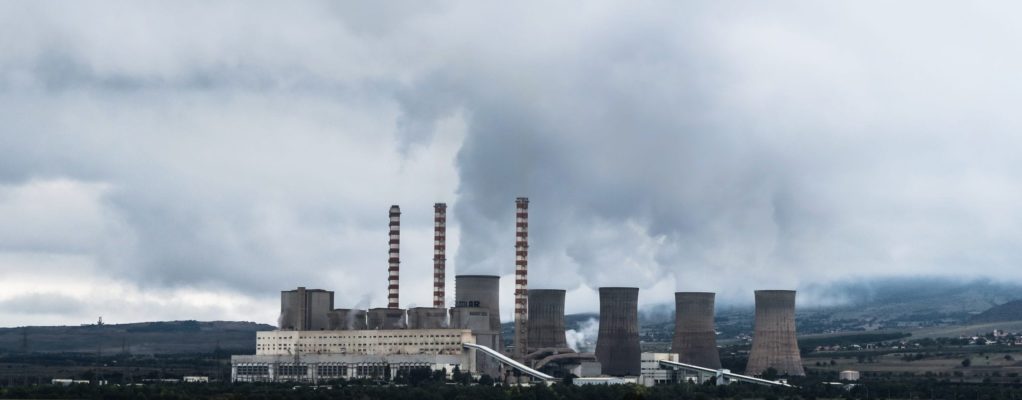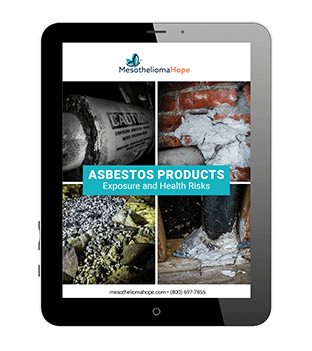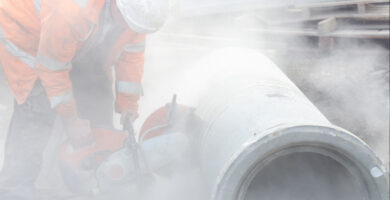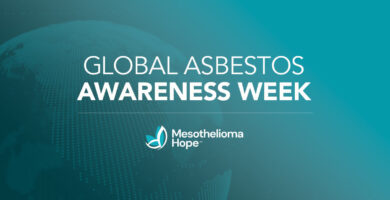For the past 2 decades, Libby has been known for one thing: asbestos contamination. But finally, the small Montana town is ready to begin a new chapter in history, as the Environmental Protection Agency (EPA) wraps up the asbestos cleanup initiative that has taken 18 years to complete.
History of Asbestos in Libby
Libby, MT was put on the map in 1963 when W.R. Grace & Company took over a 10,000-acre vermiculite mine, known as the Rainy Creek Mine. The mine had already been in operation for over 40 years and produced 80% of the world’s vermiculite supply, but evidence of dark side-effects became apparent. Employees reported mysterious illnesses and lung issues, and several died from medical complication. But W.R. Grace saw a profitable enterprise and overlooked these warnings.
In the following years, excuses were no longer forgivable. Scientists had proven beyond any doubt that asbestos causes mesothelioma and other devastating health impacts, yet W.R. Grace continued to ignore the problem before them. Even worse, W.R. Grace donated slag and leftover vermiculite to the town, sponsoring school playgrounds, community roads, and countless other projects throughout the community. Asbestos-infected vermiculite was everywhere, and W.R. Grace knew it.
W.R. Grace & Company finally closed the Rainy Creek Mine in 1990, but it took another 9 years before the government and EPA intervened. In the meantime, the town continued to suffer. W.R. Grace & Company’s corporate greed caused a horrific and deadly tragedy that continues to impact thousands of hard-working Americans to this day.
Approximately 400 residents have died as a direct result of asbestos exposure, while almost 3,000 additional residents are battling mesothelioma or other asbestos-related diseases.
The EPA Finally Takes A Stand
The EPA started to pay attention to Libby in 1999 after a damning article exposed the monstrous actions of W.R. Grace. An exhaustive investigation occurred, and the EPA observed high asbestos contamination throughout the entire community. Vermiculite had become a local staple and, as a result, the asbestos contamination was almost unfathomable.
Some cleanup efforts began almost immediately but it wasn’t until 2002, when the EPA finally added Libby to the Superfund list, that W.R. Grace finally had to answer for their negligence. W.R. Grace contributed over $250 Million to the clean-up efforts and the EPA has had a permanent presence there ever since. Thousands of properties and sites were investigated and cleaned up, including every school, park, community center and the mine itself.
The end of the EPA’s clean up is truly the end of an era for the town and the nation as a whole. It’s an opportunity for the community to begin to move forward and start to build up a new history—one that has nothing to do with asbestos.
Economic Impact of Clean Up
Unfortunately for many, their hardships are not over. Libby was once a mining town and that same mine that’s caused health issues for thousands also provided steady paycheques and supported families. After the mine closed down, many of the families that remained locally were later employed by the cleanup project. Now that the cleanup has been successful, many people will be out of a job and need to find new sources of income.
The EPA recognizes this economic impact and has plans to help the town regain its independence.
“EPA is more than a collaborative partner to remediate the nation’s most contaminated sites, we’re also working to successfully integrate Superfund sites back into communities across the country,” said former EPA Administrator Scott Pruitt, in a January 2018 press release. “Today’s redevelopment list incorporates Superfund sites ready to become catalysts for economic growth and revitalization.”
The EPA has listed 30 sites on the Superfund Redevelopment List, which encourages and incentivizes developers to reuse sites that are now cleaned up. In the future, the EPA hopes to also expand the Superfund program to include redevelopment training and resources, but these recommendations have yet to be implemented.
For now, Libby’s Superfund redevelopment is a start. At the very least, it offers a sliver of hope towards a future that is prosperous, bright, and—most importantly—free of asbestos.










